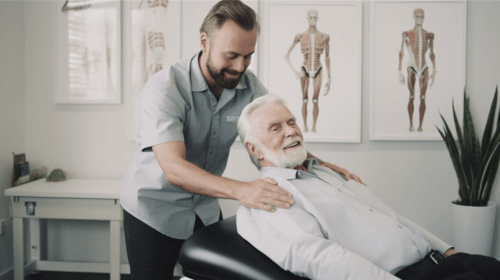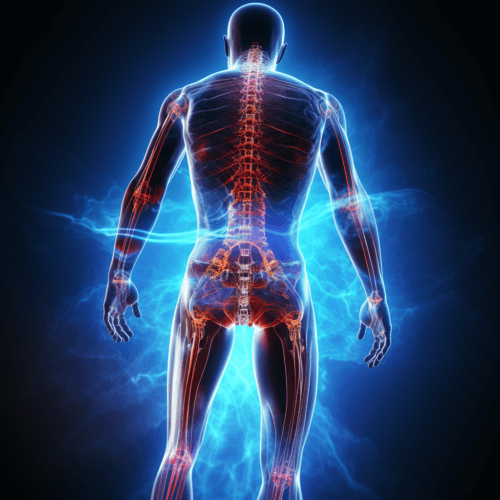Remember the saying ‘You are what you eat”? Most of us understand that what we consume, drink, and breathe directly impacts our overall health and how we feel. Given the holiday season is just around the corner, many of us are likely to indulge more than usual; let’s take a look at what we know about the relationship between diet, overall health, and lifespan.
The Lifespan-Extending Power of Plant-Based Foods
In the quest for a longer, healthier life, a combination of specific food sources is recommended. A recent study by Norwegian scientists sheds light on how simple dietary adjustments can significantly improve overall life expectancy. Researchers observed that the biggest impact came from eating more plant-based foods such as legumes, whole grains, and nuts, and replacing red and processed meats with plant-based options.
Beyond Fruits and Vegetables
In North America, most of us already include fruits and vegetables in our diets. The study confirmed their importance, noting that including a variety of fruits and vegetables, along with nuts and whole grains supports a balanced diet and promotes overall good health..
Fish, Refined Grains, and Sugary Drinks: A Balancing Act
Fish was also recognized for its health benefits and recommended as part of a balanced diet. Conversely, reducing intake of sugar sweetened beverages (ie. soft drinks) and refined grains such as white bread, were also highlighted as important and simple dietary changes to consider.
The Impact of Age on Dietary Changes
The study also found that younger individuals stand to gain more life years from adopting a healthy and balanced diet compared to older adults. They concluded that sustained positive dietary changes at an early age could add 10 or more years to a person’s life expectancy. However, it’s never too late to embrace the health benefits of improving your diet, and although lifespan gains may not be as significant, they do still exist.
Practical and Gradual Steps for Dietary Transformation
At Alliance Chiropractic & Wellness Clinic, located in Ancaster and serving the Greater Hamilton Area, we are here to support our patients.. Whether it’s working towards a specific health goal or maintaining your optimal level of health, our team of experts will develop a personalized and actionable treatment plan based on your individual goals and needs. If you have any questions related to this article or any other health concern, please feel free to get in touch with our team.
Find more information on what we talked about here.










